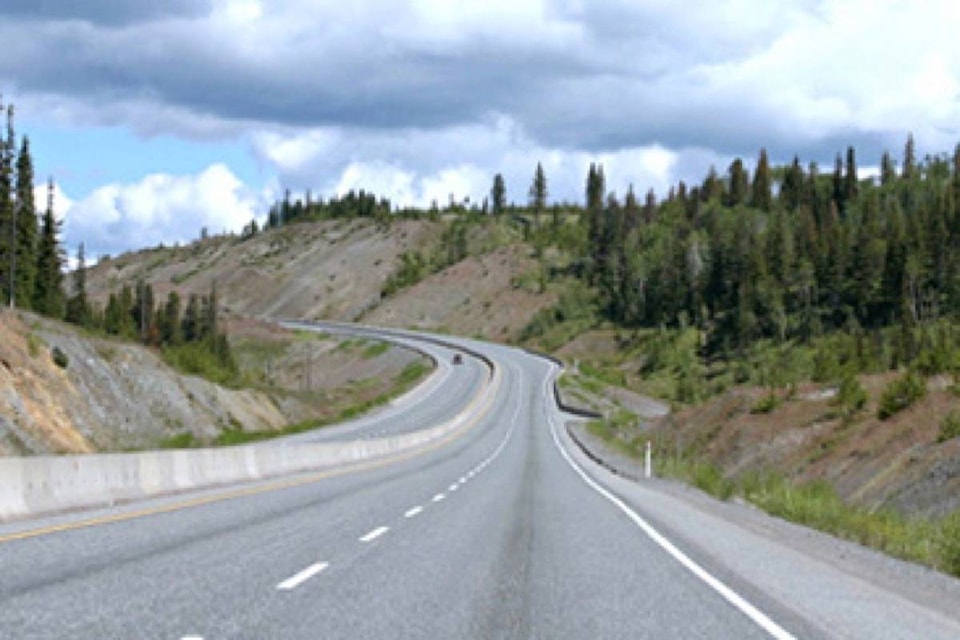The BC Coroners Service and the Ministry of Transportation and Infrastructure are urging residents and visitors to take extra care, use caution, watch out for motorcycles, and plan ahead for road trips.
During the summer, more motorcycles are on the road, and there have been a number of recent fatal motorcycle accidents throughout the province. In British Columbia, motorcycles represent only 1.5 per cent of insured vehicles, but 10 per cent of all road fatalities.
Motorcycle riders are especially vulnerable during a crash. Tips for driving safely near motorcycles include:
* Leave space: Allow at least three to four seconds of following distance when behind a motorcycle, and plenty of lane space when you pass.
* Look around: Scan intersections carefully, check blind spots, and take an extra moment to look for motorcycles when turning.
* Be ready to yield: Motorcycles are often closer than they seem. Since it can be difficult to tell how fast motorycles are moving, be prepared to yield.
* Stay alert: Leave your phone alone and avoid other distractions that take your mind off driving, or your eyes off the road.
Tips for motorcycle riders to stay safe include:
* Be seen: Dress to be seen and protected. Wear reflective clothing, bright colours, and an approved helmet and riding gear.
* Target open spaces: Leave yourself as much space as possible between your motorcycle and other vehicles on the road.
* Cancel your signals: Check your signals to ensure you are not indicating a turn when you are continuing straight ahead.
* Avoid centre of lane: When traffic slows, keep to the left or right of your lane, to allow yourself an exit strategy.
A number of wildfires are burning throughout the province. Travellers are reminded to watch for wildlife that may have been forced onto highways and roads, and stay up to date on the condition of their route by checking DriveBC.
Motorists should “know before you go” and plan ahead before heading out. General planning tips for a safe trip include:
* Plan ahead and be realistic about travel times, allowing extra time for possible delays that may occur due to increased traffic volume, roadworks, and more.
* Stay safe by wearing seatbelts and obeying all posted speed limits. If the weather is bad, slow down according to road conditions, and maintain a safe following distance.
* Make sure your vehicle is up for the drive by checking engine oil, washer fluid, the lights, and the tires, including the spare.
* Carry extra water and food in case you’re stopped or delayed unexpectedly, and ensure you have an emergency/first-aid kit in case you have an accident and need provisions.
* Check www.drivebc.ca for the latest road conditions, weather, incidents, and special events, such as road construction. Road conditions can also be accessed toll-free at 1-800-550-4997.
Between 2008 and 2017, the worst months for MVI deaths in B.C. on a percentage basis were July, August, and September, at 9.9 per cent, 10.6 per cent, and 9.7 per cent respectively. B.C.’s Interior saw the largest number of MVI deaths during the summer months. Provincewide, August had the highest incidence of MVI deaths. Males accounted for more than two-thirds of MVI fatalities in B.C.
editorial@accjournal.ca
Like us on Facebook and follow us on Twitter
